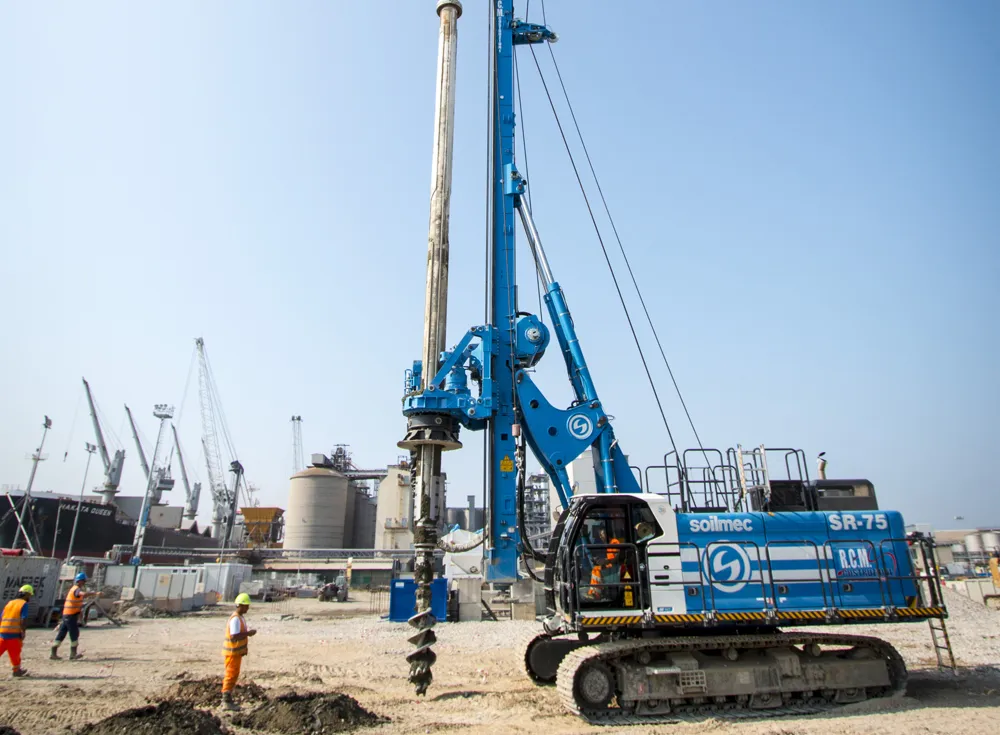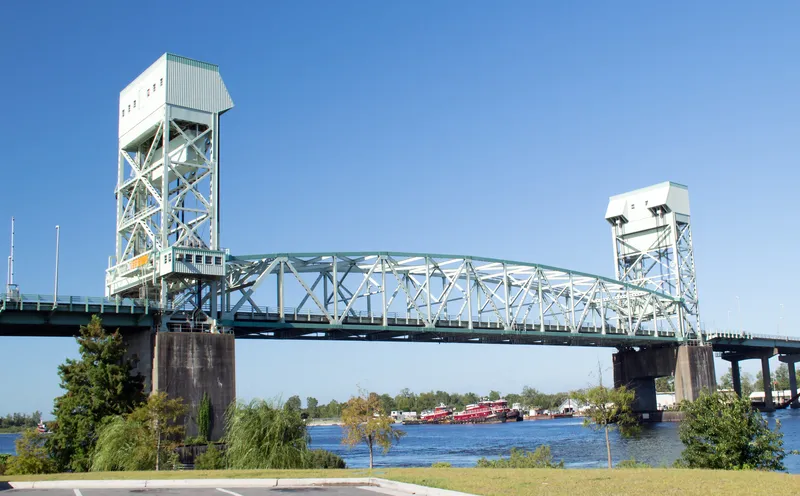
The Section 5 Palmetto SR826/836 Interchange project in Florida has won the 2016 FICE Engineering Excellence Grand Award in the Structures category.
FINLEY Engineering was the engineer of record for the four segmental bridges, Number 9, 11, 15 and 19, and provided construction engineering expertise. The segmental bridges were precast, balanced cantilever and erected with a 140.2m launching gantry. The bridge lengths varied from 335.3m to 746.76m in length and are 14.35m-wide, with a maximum span length of 81m. The curved segmental bridge ramps are the third level of the interchange with radii down to 180m and have a maximum superstructure deck height of 29m. above the proposed ground. All of the bridges are supported on 610mm pile foundations and reinforced concrete piers and caps. The project was carried out for
The bridge design offered unique challenges integrating underlying roadways, canals and MOT requirements into the layout of these segmental bridge ramps. This project was constructed in the Miami International Airport flight path and had FAA Requirements. The high level segmental flyovers are built over multiple roads that carry 430,000 vehicles/day and are the tightest elevation curves erected in the United States. The all overhead erection eliminated the need for falsework and cranes and eliminated five MOT phases that would have impacted traffic, thereby providing a safer work environment. FINLEY integrated the design into the construction while satisfying the strong aesthetic requirements. The design reduced maintenance and construction costs with the use of external tendons, Diabolos and deviators. The use of polystyrene in the hollow pier columns, except at the base of the caps, eliminated the need for interior formwork and reduced the overall mass of the structure and concrete required.









